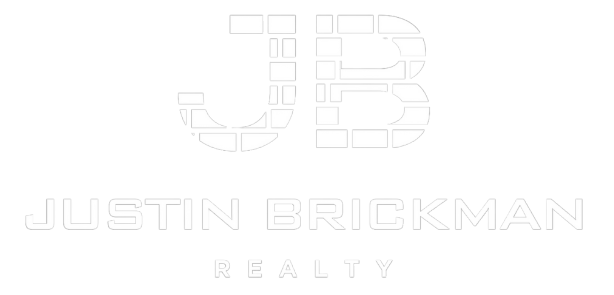Unveiling the 3 Key Factors Affecting Home Affordability
In the intricate tapestry of real estate, the concept of home affordability stands as a cornerstone for both aspiring homeowners and seasoned investors alike. Understanding the factors that influence affordability is crucial for navigating the housing market landscape. Here, we delve into three key elements that play pivotal roles in shaping the accessibility of homeownership.
1. Income Levels and Economic Conditions
At the heart of home affordability lies the relationship between income levels and housing costs. As wages and salaries fluctuate in response to economic conditions, individuals and families experience varying degrees of purchasing power. When incomes rise at a pace that outpaces housing costs, affordability improves, enabling more people to enter the housing market. Conversely, stagnant or declining incomes relative to housing prices can erode affordability, placing homeownership out of reach for many.
2. Housing Prices and Market Dynamics
The dynamics of supply and demand exert significant influence on housing prices, thereby impacting affordability. In regions where housing supply outstrips demand, prices tend to stabilize or decline, making homeownership more attainable. Conversely, areas with high demand and limited inventory often experience rapid price appreciation, creating affordability challenges for prospective buyers. Additionally, factors such as land availability, construction costs, and regulatory policies contribute to the overall affordability of housing markets.
3. Mortgage Rates and Financing Terms
The cost of borrowing money to purchase a home plays a critical role in affordability. Mortgage rates, which are influenced by factors such as inflation, economic indicators, and monetary policy, directly affect the monthly payments associated with homeownership. When mortgage rates are low, buyers can secure more favorable financing terms, resulting in lower monthly payments and improved affordability. Conversely, rising interest rates can increase borrowing costs, reducing buyers’ purchasing power and impacting affordability.
Navigating the Affordability Landscape
Aspiring homeowners and industry stakeholders must navigate the complex interplay of these factors to understand and address affordability challenges effectively. Government policies, such as housing subsidies, tax incentives, and zoning regulations, can shape housing markets and mitigate affordability barriers. Additionally, initiatives aimed at increasing access to affordable housing, promoting sustainable development, and fostering inclusive communities are essential for addressing affordability concerns on a broader scale.
Conclusion
In the pursuit of homeownership, understanding the multifaceted nature of affordability is paramount. By recognizing the interplay of income levels, housing prices, and mortgage rates, stakeholders can make informed decisions to promote housing affordability and ensure equitable access to housing opportunities. As we navigate the ever-evolving landscape of real estate, addressing the key factors affecting home affordability remains a critical endeavor to uphold the fundamental right of safe and stable housing for all.
Justin Brickman
RENE | Real Estate Negotiation Expert
SRS | Seller Representative Specialist
All City Real Estate
San Antonio, Texas
210-827-6020


